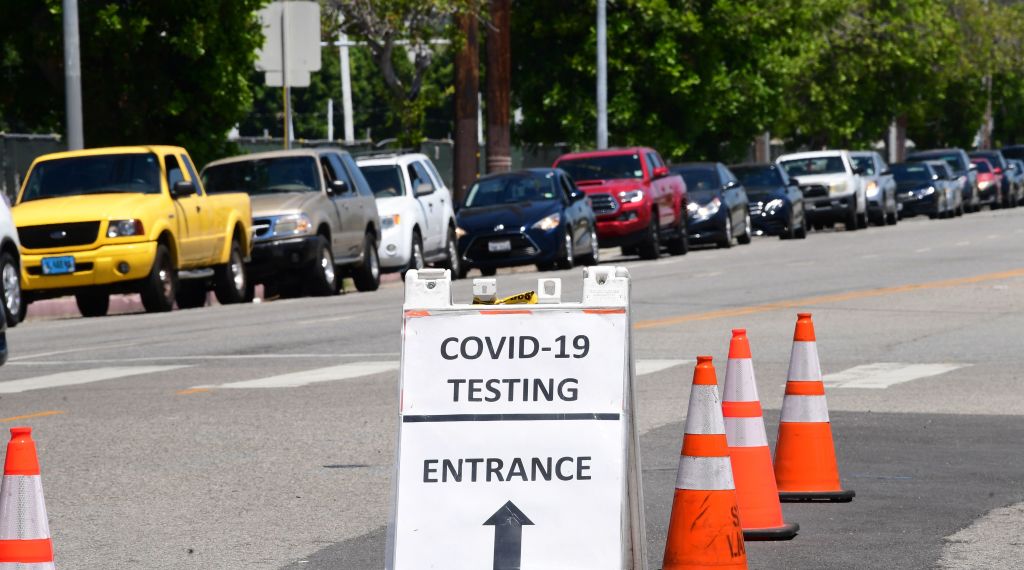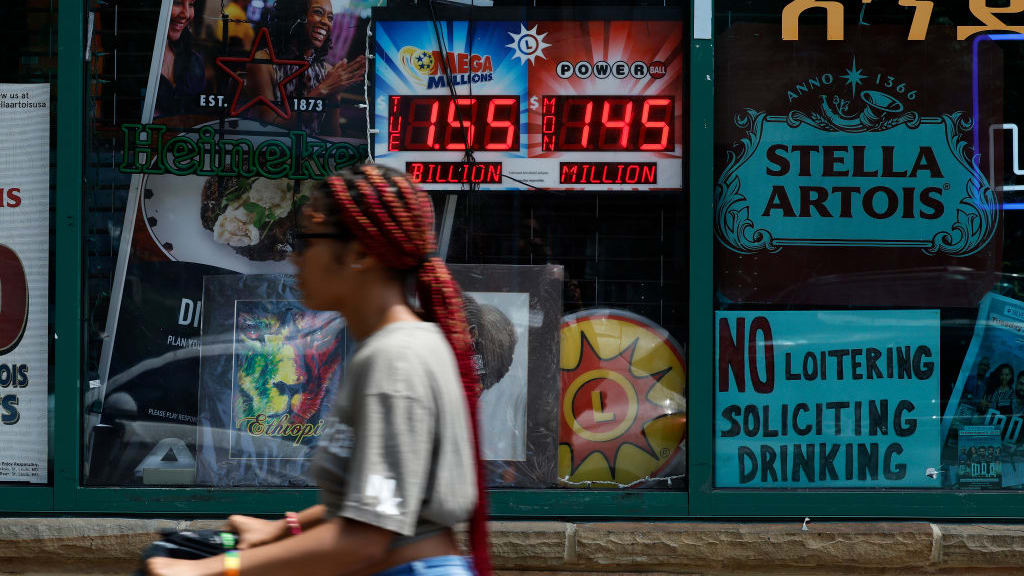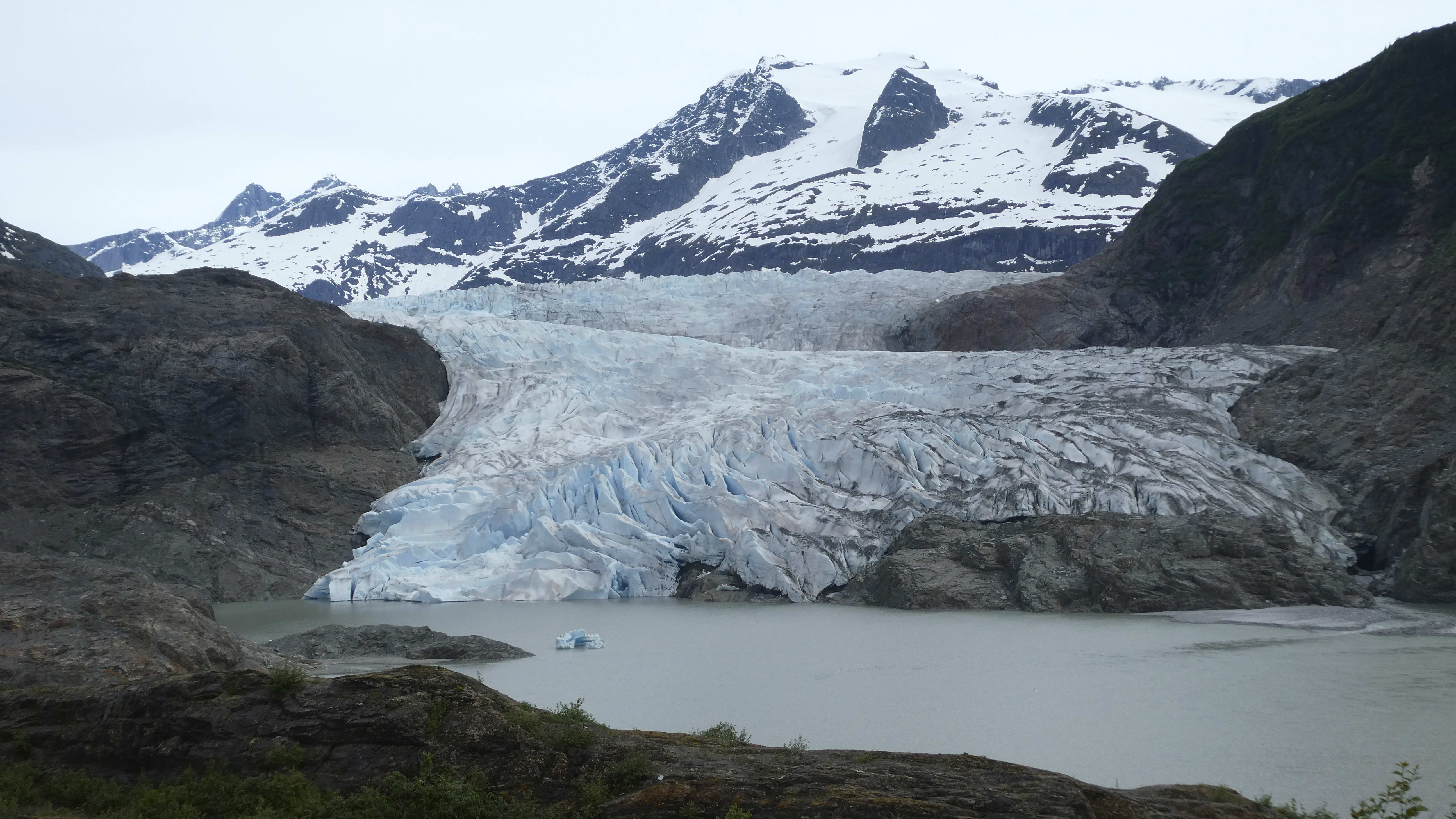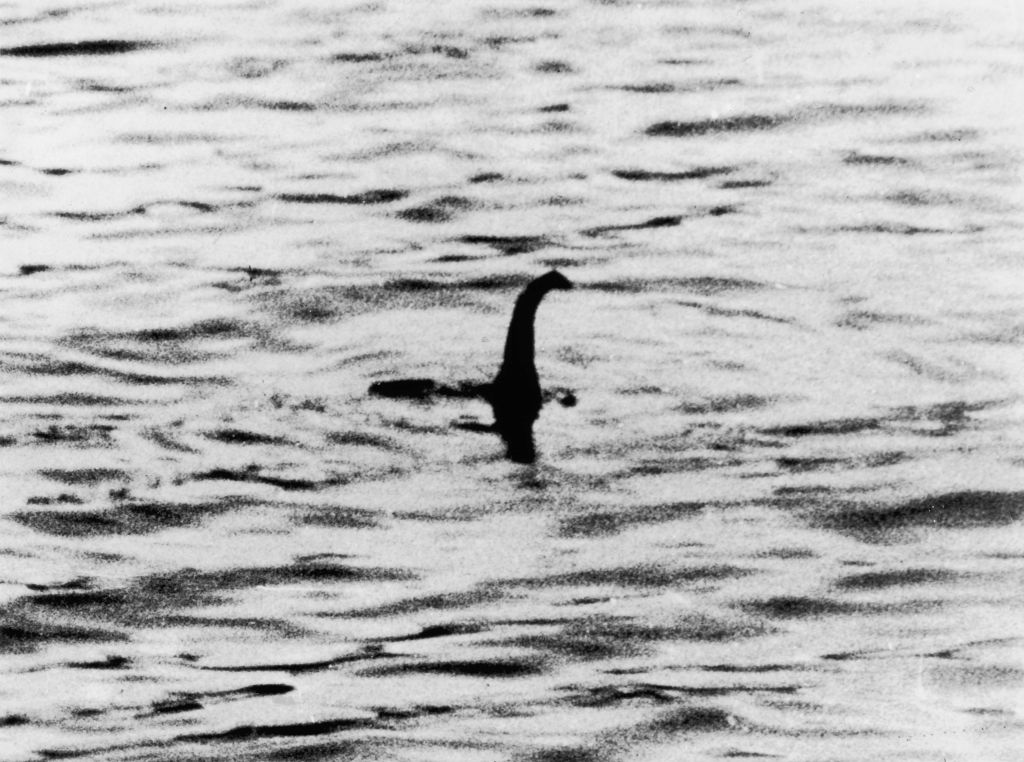Gaps in coronavirus data could 'bake in a whole new generation' of racial disparities


Only 48 percent of reported coronavirus cases in the United States contain information on race and ethnicity, Politico reports, and experts warn that could result in long-term adverse effects in predominantly minority communities.
It is well-known that minorities account for a disproportionate number of coronavirus-related deaths, but specifics are missing. A few states have compiled the necessary data, but many haven't, and the Centers for Disease Control and Prevention have not tracked what percentage of people getting tested for the virus are minorities. "We can't develop a national strategy to reach the underserved, or know how well we're doing, until we have data that shows us if we're reaching them or not," said Health and Human Services Assistant Secretary Brett Giroir during congressional testimony last week.
The lack of data means it's unclear if some of the country's most vulnerable communities will receive the testing, contact tracing, and medical resources they need to fight the virus, which would be especially concerning should cases surge again. But the problems created by the pandemic could last for a long time even if the virus is eventually under control. "Unless we use data and focus concretely on race, we are going to let COVID-19 bake in a whole new generation of disparities," said John Kim, the executive director of the racial justice research and policy organization Advancement Project California. Read more at Politico.
The Week
Escape your echo chamber. Get the facts behind the news, plus analysis from multiple perspectives.

Sign up for The Week's Free Newsletters
From our morning news briefing to a weekly Good News Newsletter, get the best of The Week delivered directly to your inbox.
From our morning news briefing to a weekly Good News Newsletter, get the best of The Week delivered directly to your inbox.
A free daily email with the biggest news stories of the day – and the best features from TheWeek.com
Tim is a staff writer at The Week and has contributed to Bedford and Bowery and The New York Transatlantic. He is a graduate of Occidental College and NYU's journalism school. Tim enjoys writing about baseball, Europe, and extinct megafauna. He lives in New York City.
-
 How to rekindle a reading habit
How to rekindle a reading habitThe Week Recommends Fall in love with reading again, or start a brand new relationship with it
-
 Political cartoons for January 8
Political cartoons for January 8Cartoons Thursday’s political cartoons include a well-done steak, a silenced protester, and more
-
 US nabs ‘shadow’ tanker claimed by Russia
US nabs ‘shadow’ tanker claimed by RussiaSpeed Read The ship was one of two vessels seized by the US military
-
 Nobody seems surprised Wagner's Prigozhin died under suspicious circumstances
Nobody seems surprised Wagner's Prigozhin died under suspicious circumstancesSpeed Read
-
 Western mountain climbers allegedly left Pakistani porter to die on K2
Western mountain climbers allegedly left Pakistani porter to die on K2Speed Read
-
 'Circular saw blades' divide controversial Rio Grande buoys installed by Texas governor
'Circular saw blades' divide controversial Rio Grande buoys installed by Texas governorSpeed Read
-
 Los Angeles city workers stage 1-day walkout over labor conditions
Los Angeles city workers stage 1-day walkout over labor conditionsSpeed Read
-
 Mega Millions jackpot climbs to an estimated $1.55 billion
Mega Millions jackpot climbs to an estimated $1.55 billionSpeed Read
-
 Bangladesh dealing with worst dengue fever outbreak on record
Bangladesh dealing with worst dengue fever outbreak on recordSpeed Read
-
 Glacial outburst flooding in Juneau destroys homes
Glacial outburst flooding in Juneau destroys homesSpeed Read
-
 Scotland seeking 'monster hunters' to search for fabled Loch Ness creature
Scotland seeking 'monster hunters' to search for fabled Loch Ness creatureSpeed Read
